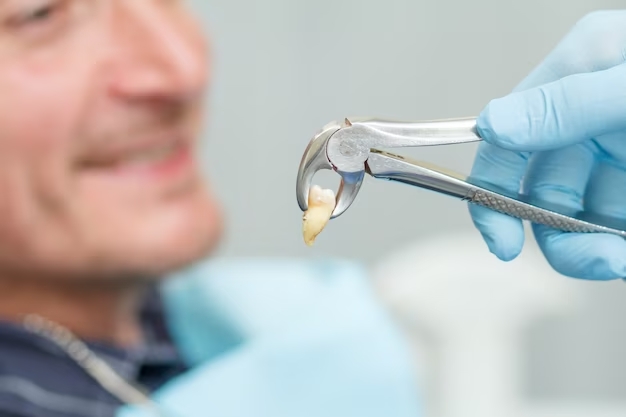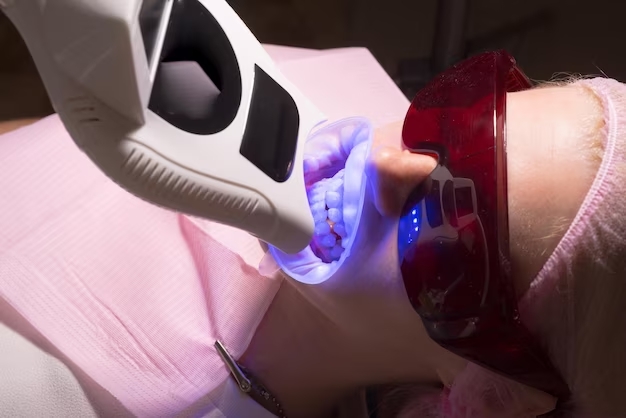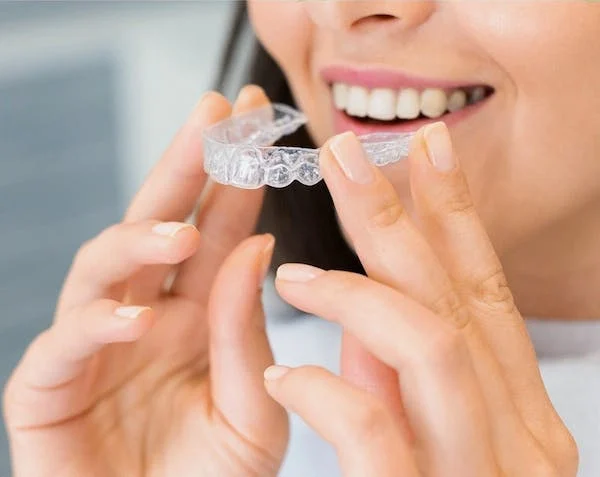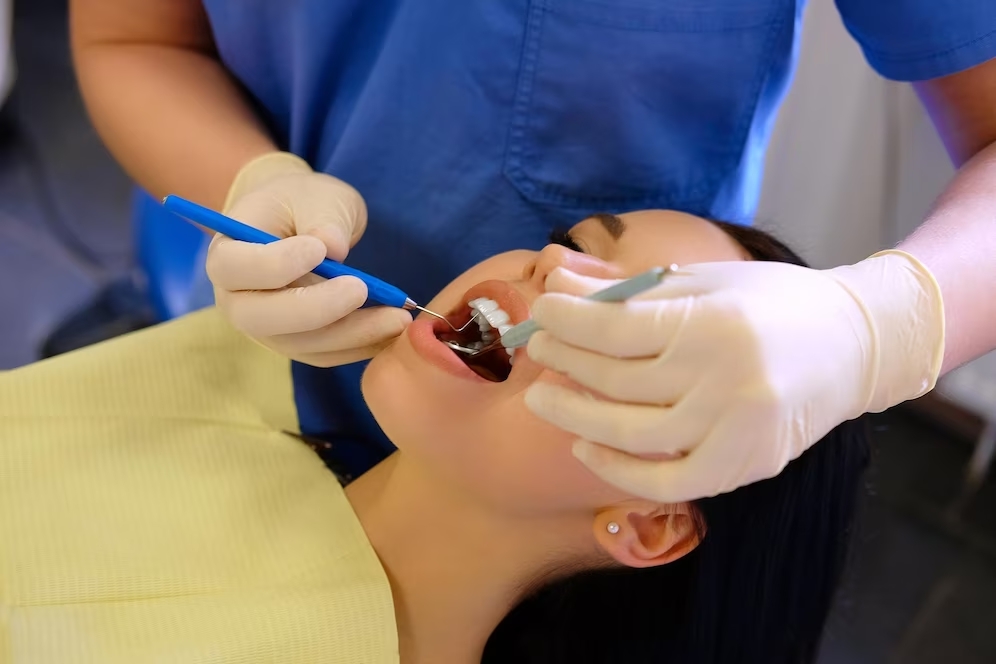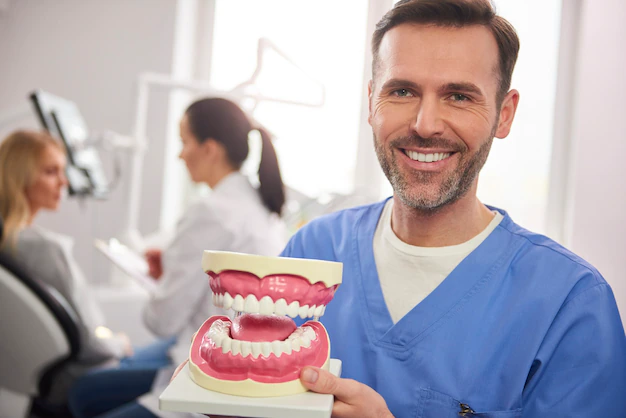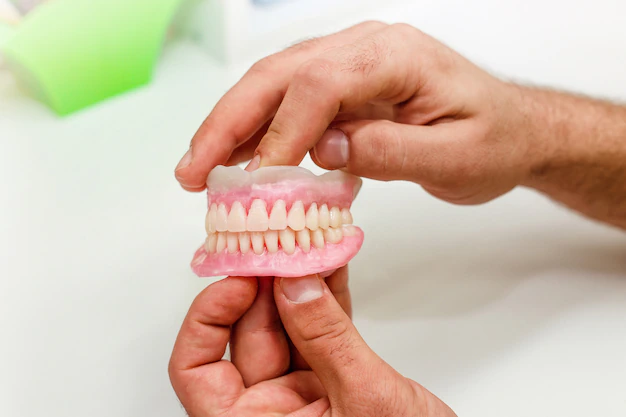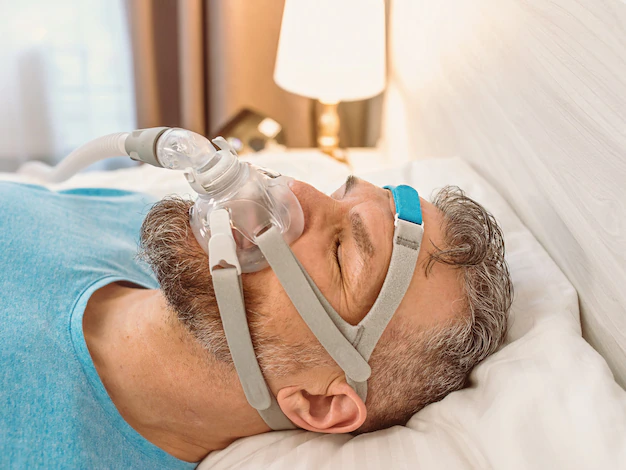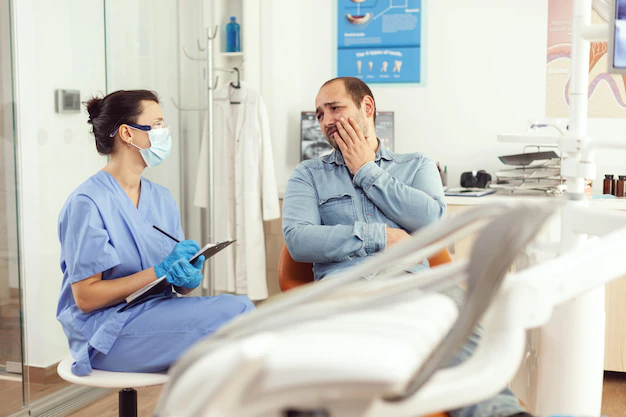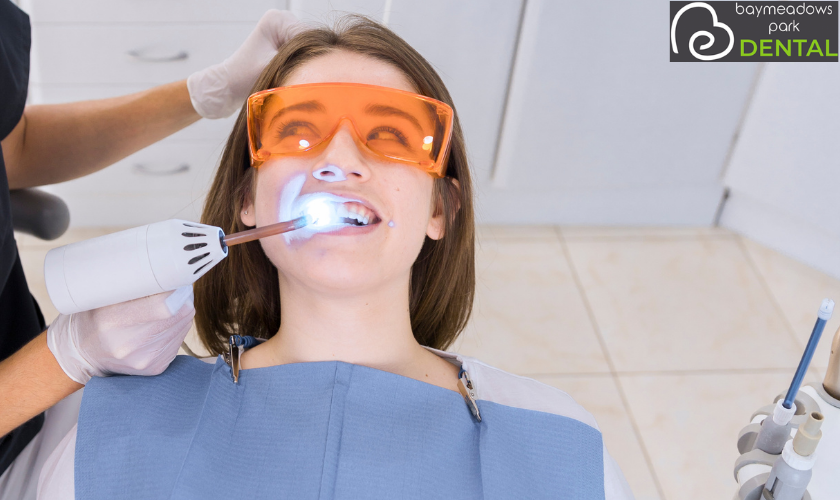Are you feeling anxious about your upcoming dental extraction? You’re not alone! Dental extractions can be a nerve-wracking experience for many people. But fear not, because we’ve got you covered with this ultimate guide to dental extractions. From understanding what a dental extraction is to knowing how to properly care for yourself after the procedure, we’ll walk you through everything you need to know before, during, and after your appointment. So sit tight and keep on reading!
What is a Dental Extraction?
A dental extraction is a procedure that involves removing a tooth from its socket in the jawbone. This is typically done by an oral surgeon or dentist who has specialized training in this area.
There are two types of dental extractions: simple and surgical. Simple extractions involve removing teeth that can be seen in the mouth, while surgical extractions are more complex and require incisions into the gum tissue to access the tooth.
Before any extraction, your dentist will perform a thorough examination of your teeth and gums to determine if it’s necessary. They may also take X-rays to get a better look at the affected tooth.
During the procedure, you’ll receive local anesthesia to numb the area around your tooth. The dentist or surgeon will then use special tools to loosen and remove the tooth from its socket.
Afterward, you’ll likely experience some discomfort and swelling for several days as your body heals. It’s important to follow all post-operative instructions carefully to minimize pain and ensure proper healing.
Dental extractions may seem intimidating but they can be necessary for maintaining good oral health. If you’re experiencing pain or discomfort with one of your teeth, don’t hesitate to schedule an appointment with our Berwyn dentist today!
When is a Dental Extraction Necessary?
When it comes to dental health, prevention is always the best course of action. Regular brushing, flossing and dental check-ups can help prevent many oral issues from developing or worsening. However, there are times when a tooth extraction becomes necessary.
1. Decayed or Damaged Teeth: One common reason for a dental extraction is severe decay or damage that cannot be repaired with a filling or crown. In some cases, the tooth may have become infected and poses a risk to surrounding teeth and gums.
2. Overcrowding: Another situation in which an extraction may be necessary is overcrowding within the mouth. This occurs when there isn’t enough space for all teeth to grow properly without causing discomfort or affecting their alignment.
3. Before orthodontic treatments- Dental extractions may also be recommended before orthodontic treatment such as braces, if crowded teeth need to be removed in order to make room for others to shift into place.
4. Wisdom teeth removal- This is another common type of tooth extraction. Wisdom teeth typically emerge between ages 17-25 but often don’t have enough room in the mouth to develop normally and cause pain or infection if left untreated.
If you’re experiencing any of these symptoms, speak with your dentist about whether a dental extraction might be necessary for maintaining optimal oral health.
The Dental Extraction Procedure
The dental extraction procedure is a common and routine dental surgery that involves the removal of one or more teeth from the mouth. Before beginning the procedure, your dentist will thoroughly examine your teeth and take X-rays to determine the best method for extraction.
Local anesthesia will be administered to numb the area around the tooth before starting the extraction process. Depending on how deeply rooted it is, your dentist may need to make an incision in your gum tissue before removing it.
Once removed, stitches may be needed to close up any open wounds left behind. Your dentist may also pack gauze into the empty socket to help stop bleeding and encourage healing.
Afterwards, you’ll receive detailed instructions on how to care for yourself during recovery, including information on when it’s safe to eat solid foods again and what types of pain relief medication are appropriate.
While a dental extraction can seem intimidating at first glance, rest assured that modern dentistry has made this routine surgery as painless as possible.
After the Procedure: Recovery and Healing
After the dental extraction procedure, it is important to take care of your mouth properly to ensure a smooth recovery and healing process. Your dentist will give you specific instructions on how to do this based on the type of extraction you had.
Immediately after the procedure, it’s normal to experience some discomfort and swelling in the affected area. Applying an ice pack can help reduce swelling and taking pain medication as directed by your dentist can alleviate any discomfort.
It’s crucial to avoid smoking for at least 24 hours after the procedure as it can delay healing. Rinsing your mouth gently with warm saltwater several times a day can also promote faster healing.
Eating soft foods that don’t require much chewing, such as yogurt or soup, for the first few days after surgery is recommended. Avoid drinking through straws or spitting forcefully as these actions may dislodge blood clots that form in the socket.
Make sure to attend any follow-up appointments scheduled by your dentist so they can monitor your progress and address any concerns you may have during your recovery period.
Taking proper care of yourself post-procedure will lead to a quicker recovery time, allowing you to get back into your daily routine without complications.
The Bottom Line
Dental extractions may seem like a daunting procedure, but with the right knowledge and preparation, it can be a smooth process. Remember to always consult with your dentist if you have any concerns or questions before and after the extraction.
Follow the pre-operative instructions carefully to ensure that you are well-prepared for the procedure. During the extraction, trust your dentist and remain calm throughout. Once it’s over, focus on following post-operative care instructions to make sure that your recovery is as smooth as possible.
If you experience any unusual discomfort or complications after an extraction, don’t hesitate to reach out to your dentist immediately. With proper care and attention from both yourself and your dental team, you’ll be back on track in no time!

